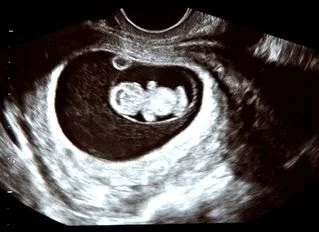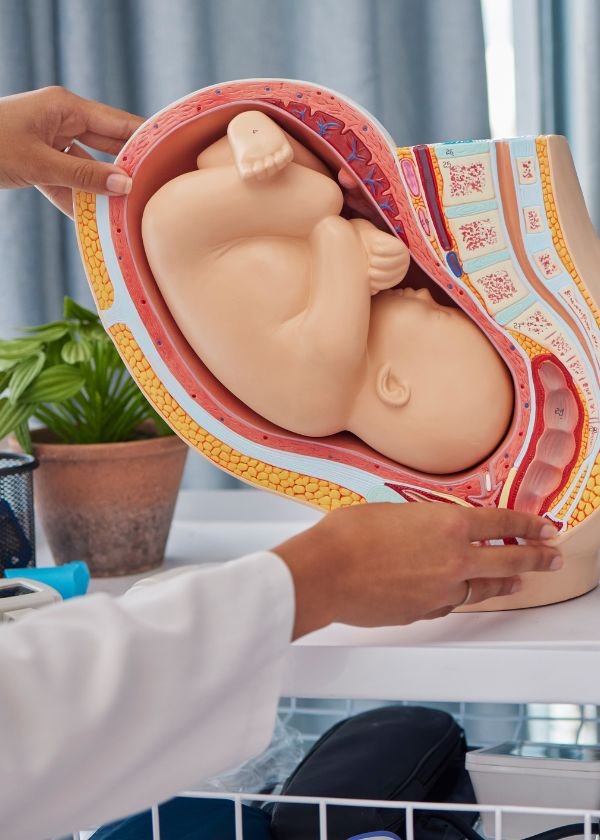
meet Dr. Raghav Arora
What is an anomaly Scan?
An anomaly scan in pregnancy is one of the crucial prenatal tests that helps find any abnormality in the fetus. The best time for anomaly scan is usually around 18 to 24 weeks of gestation. With an anomaly scan, the healthcare provider can carefully examine the baby’s organs and identify any potential complications or birth defects

